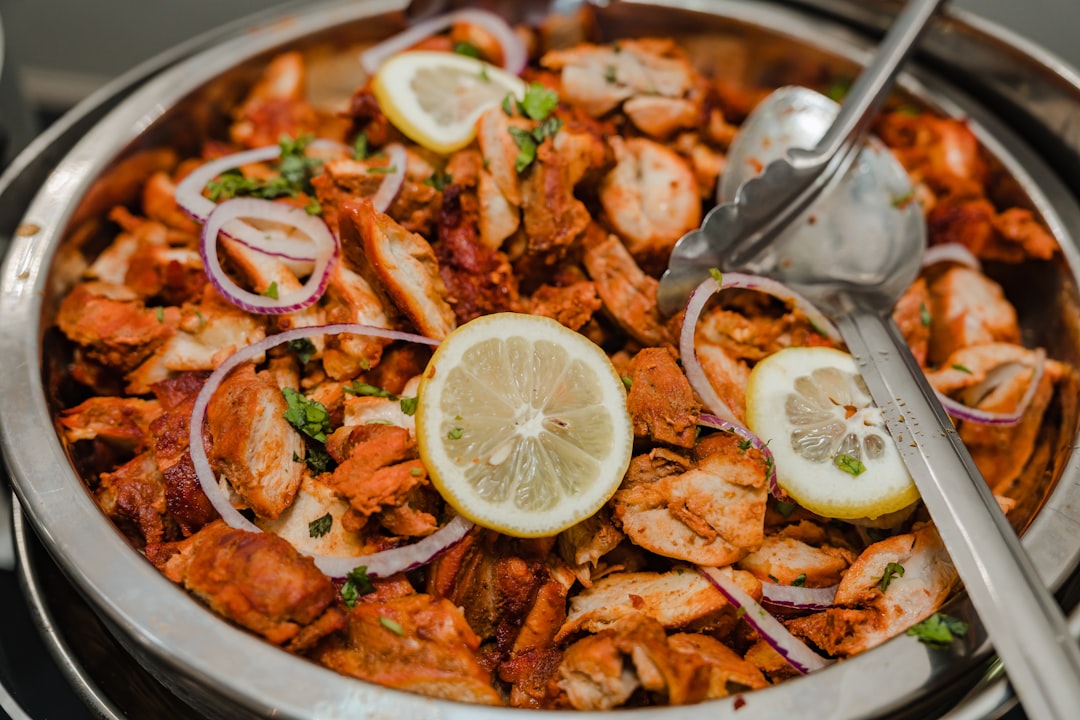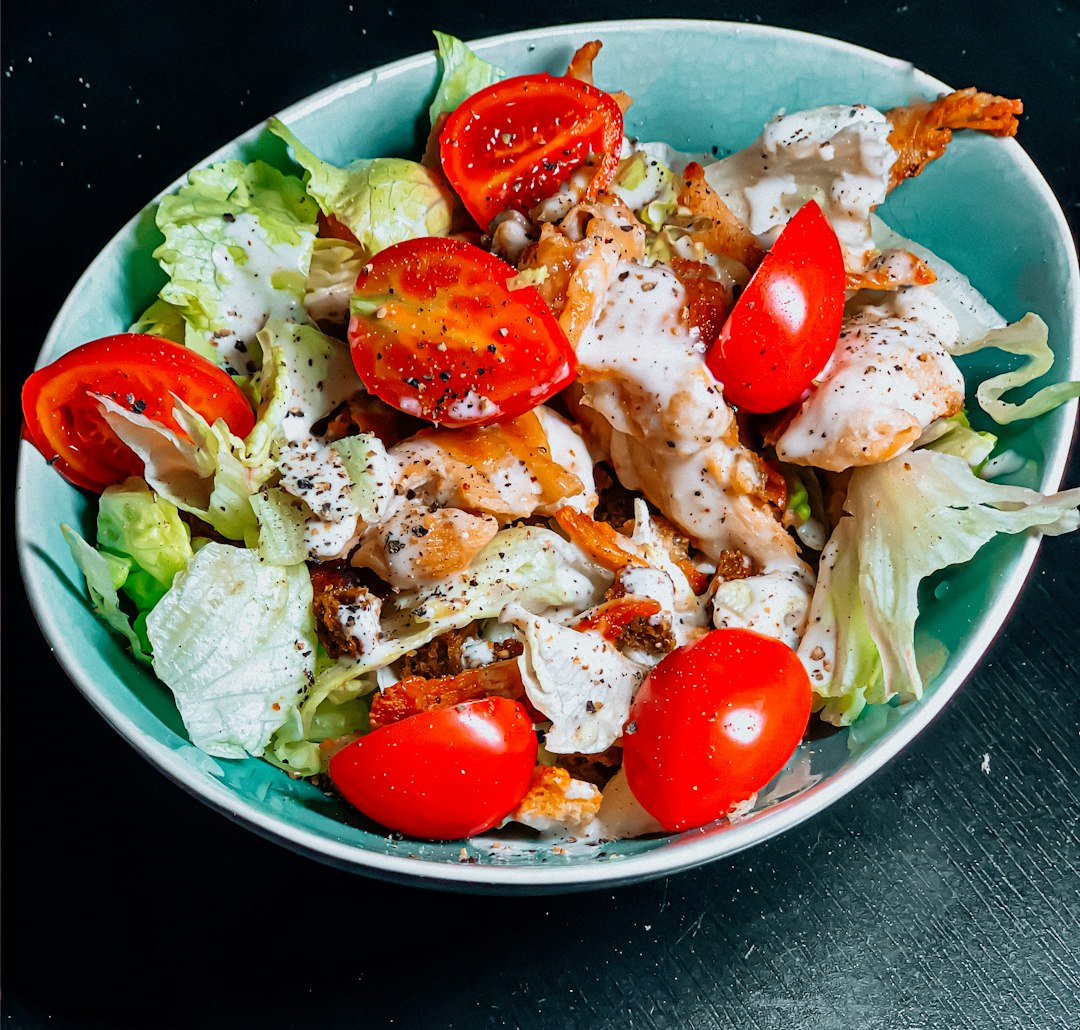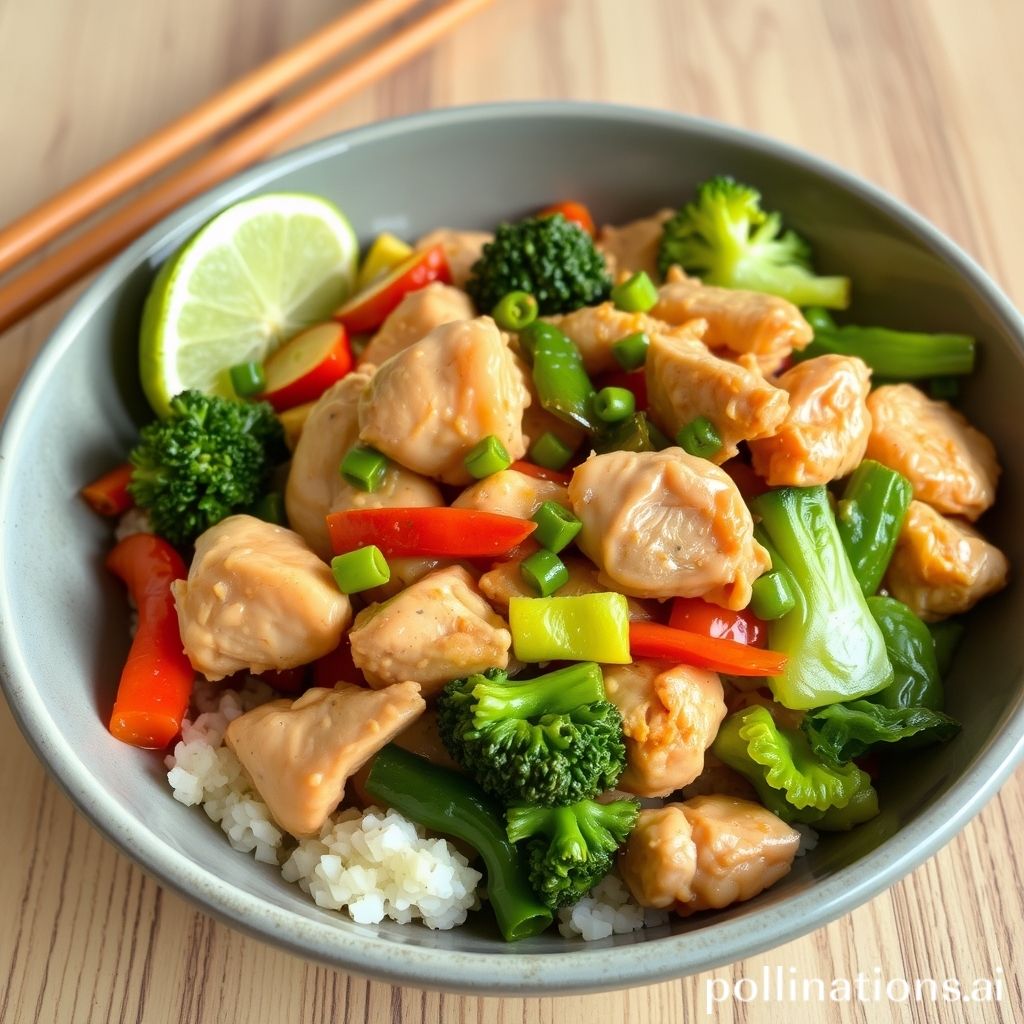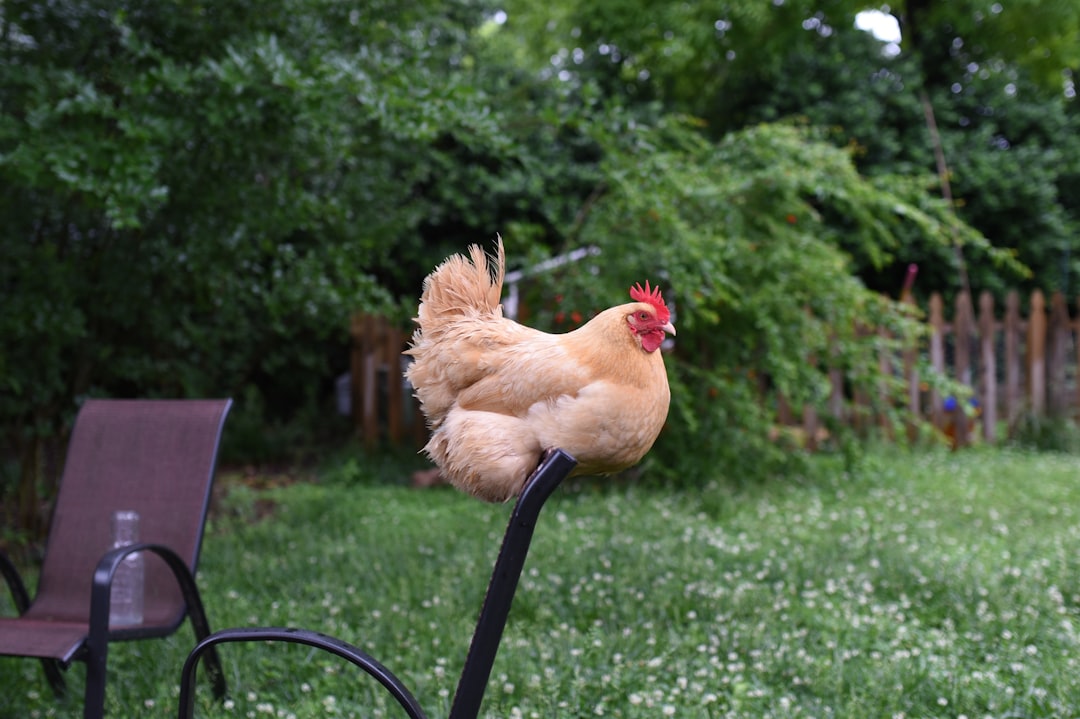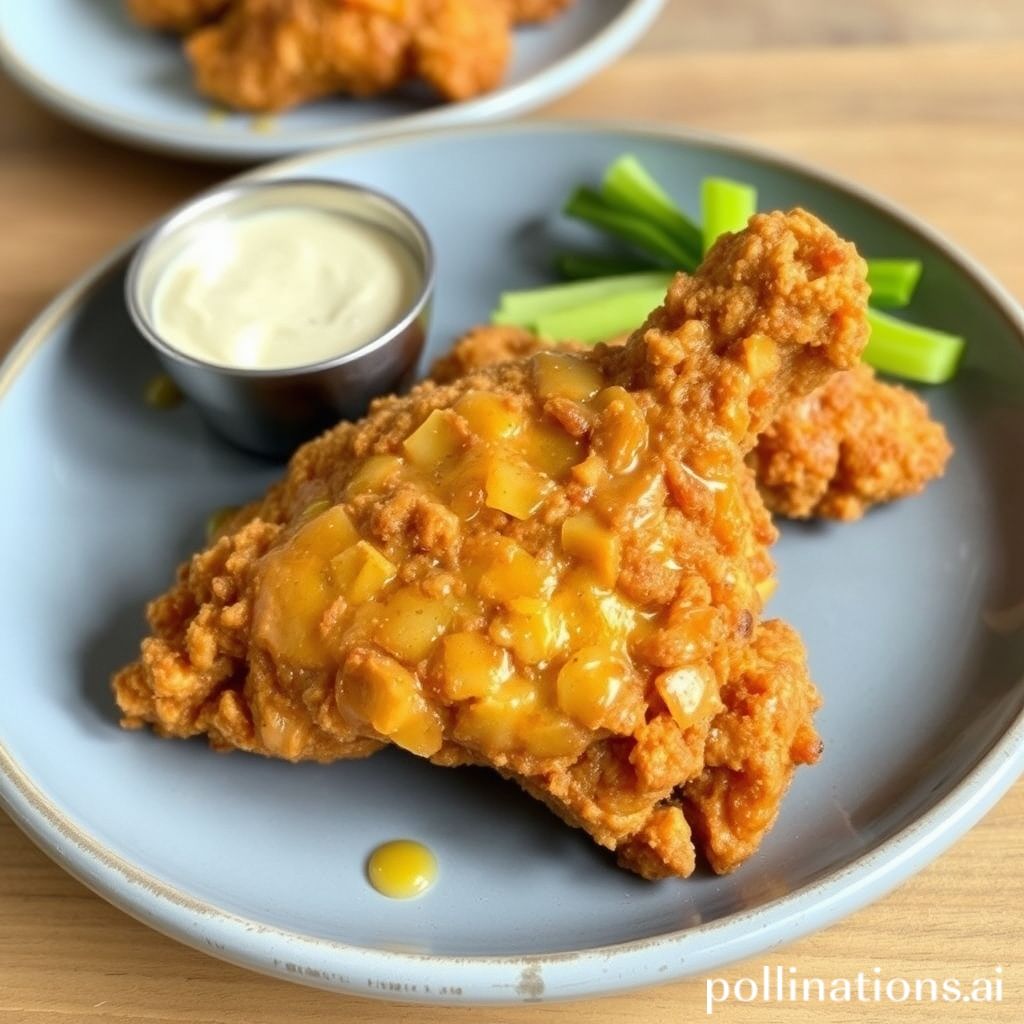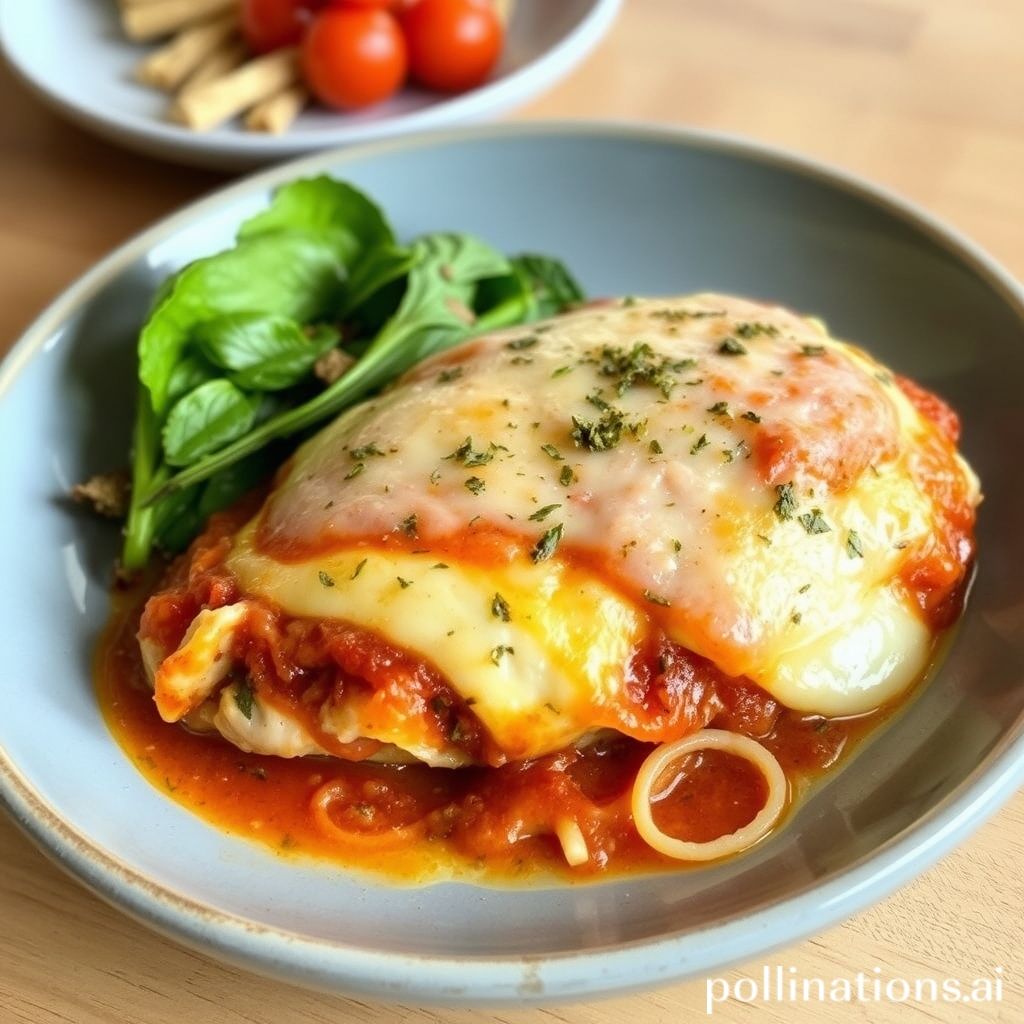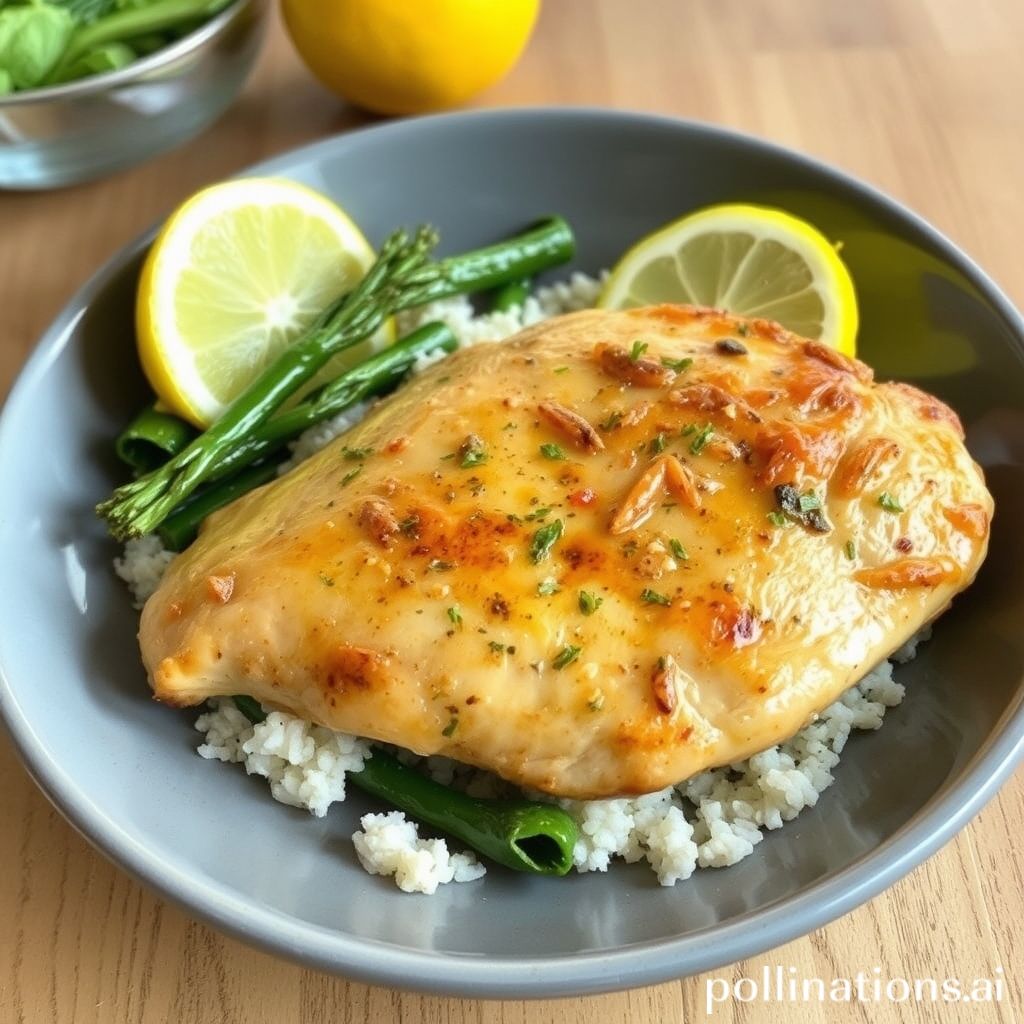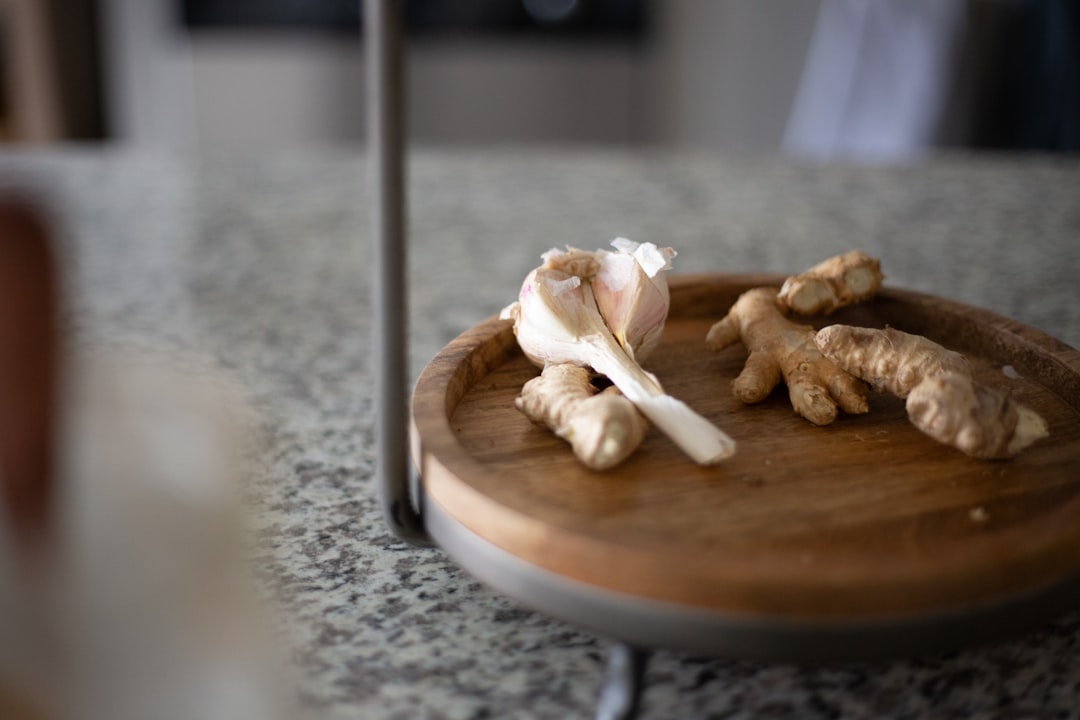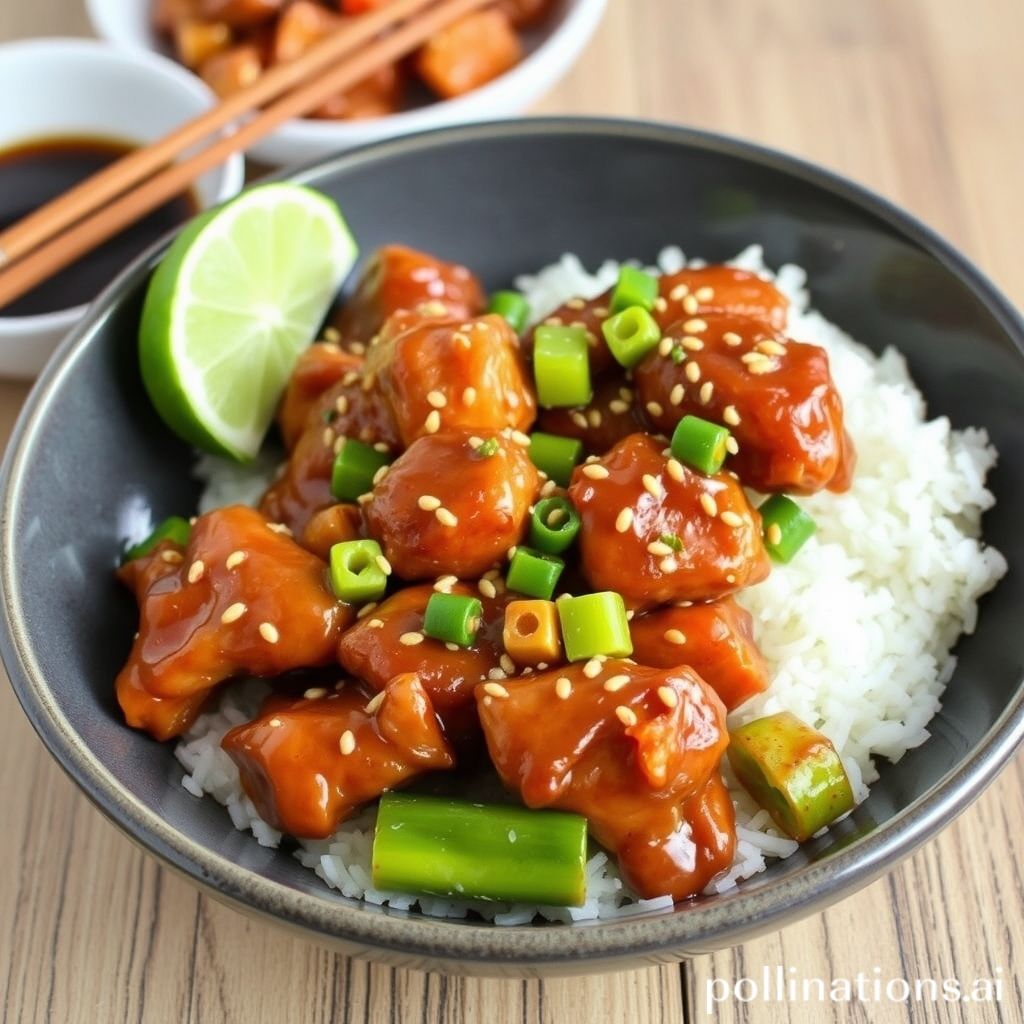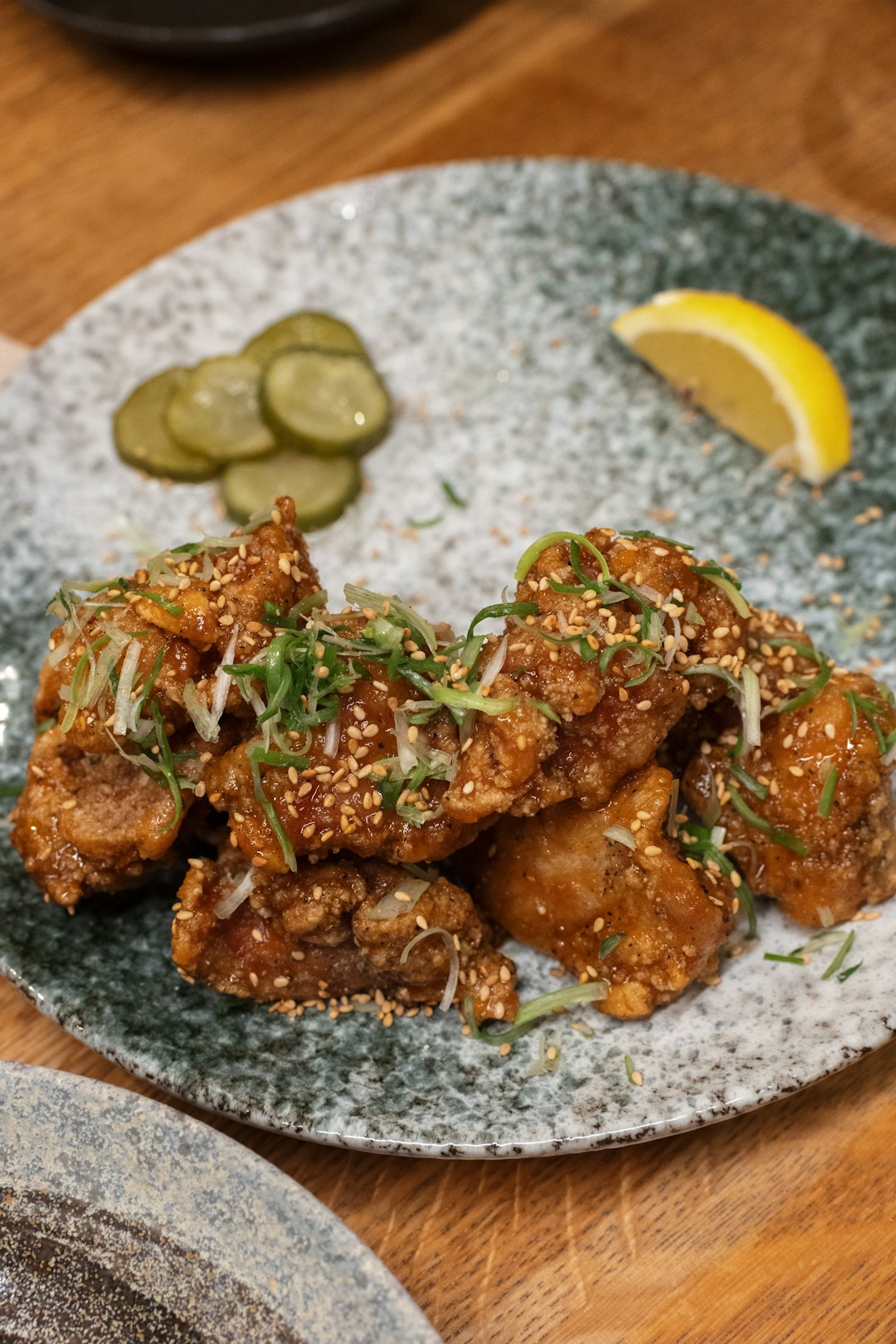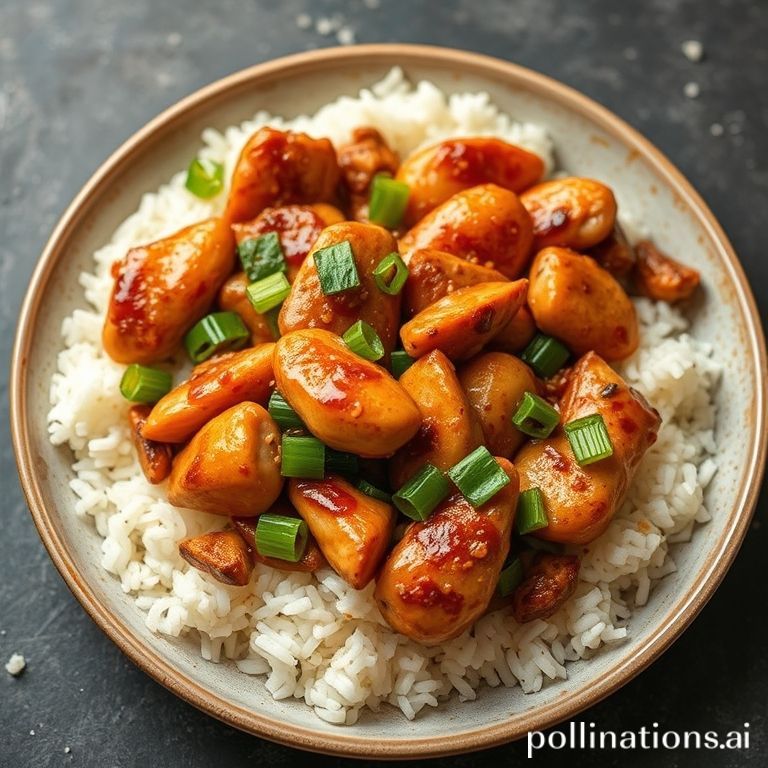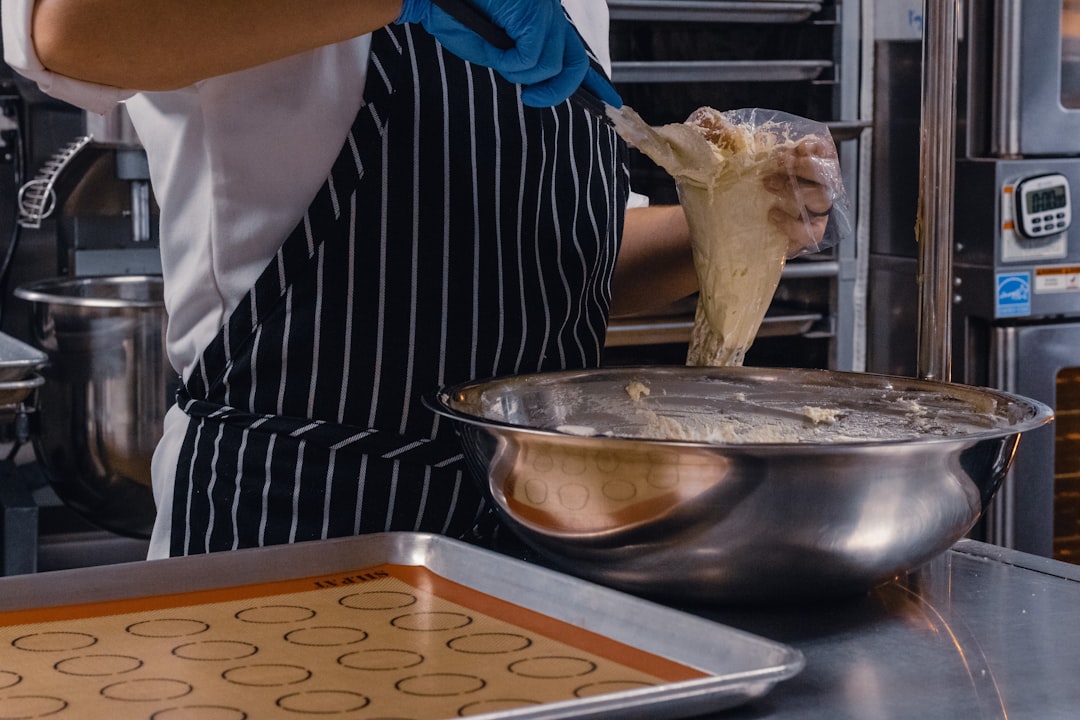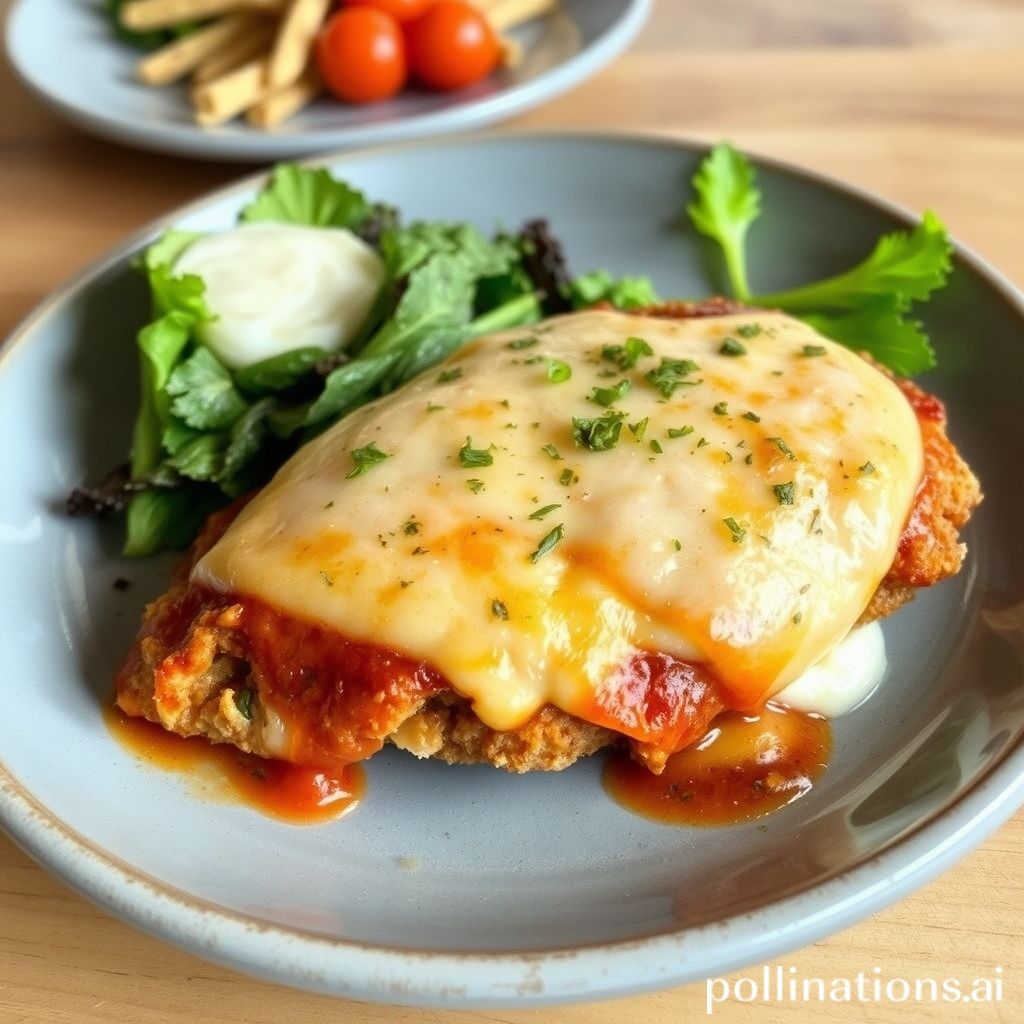Table of Contents
- Introduction
- Understanding the cultural significance of Moroccan Spiced Chicken Tagine
- Key ingredients and spices for an authentic Moroccan Tagine
- Step-by-step guide to preparing Moroccan Spiced Chicken Tagine
- The role of traditional cookware in creating a Moroccan Tagine
- Pairing suggestions and side dishes to complement Moroccan Spiced Chicken Tagine
- Variations and adaptations of Moroccan Spiced Chicken Tagine
- Exploring the health benefits of the spices in the Tagine
- Tips for achieving the perfect balance of flavors in Moroccan Spiced Chicken Tagine
- Conclusion
- Frequently Asked Questions
Introduction
Embark on a culinary journey to the vibrant landscapes of North Africa with Moroccan Spiced Chicken Tagine. This exotic dish is a symphony of flavors, combining tender chicken with a medley of spices that tell stories of ancient spice routes and bustling Moroccan bazaars.
Imagine inhaling the warm, aromatic blend of cumin, coriander, and paprika as it wafts through your kitchen, accompanied by the rich sweetness of dried apricots and a hint of zesty preserved lemons. Each bite offers a harmonious balance of sweet, savory, and spicy notes that dance upon your taste buds, transporting you to the heart of Marrakech.
Beneath the domed lid of the tagine, chicken becomes incredibly tender, soaking up the flavors of the spices and mingling with the fragrant steam rising from a base of roasted vegetables and couscous. The result is a melt-in-your-mouth delight that not only satiates the appetite but also warms the soul.
Join us as we unlock the secrets to mastering this Moroccan masterpiece, guiding you through the essential ingredients, traditional cooking techniques, and the cultural significance behind each step. Prepare to be captivated by the magic of Moroccan cuisine as we delve into the art of crafting the perfect Chicken Tagine.
Understanding the cultural significance of Moroccan Spiced Chicken Tagine
Moroccan Spiced Chicken Tagine is not just a dish; it’s a reflection of Morocco’s rich cultural tapestry. At the heart of this culinary masterpiece is the tagine, a traditional earthenware pot with a conical lid, which has been used for centuries in Moroccan cooking. The slow-cooking process in the tagine allows flavors to meld, producing tender, aromatic dishes that epitomize Moroccan hospitality.
Chicken tagine, in particular, is a demonstration of Morocco’s historic spice trade, using a harmonious blend of spices like cumin, turmeric, cinnamon, and saffron. These spices are not merely flavors; they represent the trade connections that Morocco has had with various cultures over the centuries, including Arabian, Andalusian, and Berber influences.
The dish is often served during festive occasions and gatherings, highlighting the communal aspect of Moroccan dining, where meals are shared and savored together. The use of locally sourced ingredients, such as preserved lemons and olives, connects the dish to the agricultural traditions of the region. Understanding Moroccan Spiced Chicken Tagine is to appreciate Morocco’s heritage, where each bite tells a story of tradition, trade, and togetherness.
Key ingredients and spices for an authentic Moroccan Tagine
A key element of Moroccan Spiced Chicken Tagine is its rich and aromatic blend of ingredients and spices. Starting with the protein, chicken is a popular choice as it readily absorbs the flavors of the spices. The next indispensable component is preserved lemons, which lend a unique tangy and slightly candied flavor to the dish. Olives, typically green, provide a salty contrast and pair beautifully with the other elements.
Essential to any authentic Moroccan tagine are the spices, which create a complex and inviting aroma. Ground cumin, coriander, and ginger lay the spice foundation, while turmeric gives the dish its signature golden hue. Paprika adds warmth, and a touch of cayenne pepper can be included for those who enjoy a bit of heat. Ras el Hanout, a blend of the finest spices a merchant has to offer, often includes cardamom, nutmeg, anise, cinnamon, and several other spices, enhancing the dish’s complexity.
Aromatic ingredients like garlic and onions deepen the flavor profile, while fresh cilantro and parsley are typically added towards the end for brightness and freshness. Together, these ingredients and spices make Moroccan Spiced Chicken Tagine a truly authentic and delightful experience.
Step-by-step guide to preparing Moroccan Spiced Chicken Tagine
To begin preparing Moroccan Spiced Chicken Tagine, start by gathering all the necessary ingredients which include chicken thighs, olive oil, onions, garlic, ginger, cumin, coriander, turmeric, cinnamon, paprika, preserved lemons, olives, chicken broth, and fresh cilantro.
First, heat olive oil in a tagine or a heavy-bottomed pot over medium heat. Once heated, add chopped onions, allowing them to soften and turn translucent. Add minced garlic and ginger, stirring for about a minute.
Next, season the chicken thighs with salt and pepper. Then, introduce them to the pot to brown on each side for a few minutes.
Following this, add cumin, coriander, turmeric, cinnamon, and paprika, ensuring the chicken is evenly coated with the vibrant spices.
Pour in the chicken broth, adding sliced preserved lemons and a handful of green olives. Cover the pot, reducing the heat, and let it simmer for roughly 45 minutes to an hour until the chicken is tender and the flavors are well-blended.
The final step is to garnish the dish with freshly chopped cilantro before serving. This Moroccan culinary delight offers a rich tapestry of flavors, making it a feast for the senses.
The role of traditional cookware in creating a Moroccan Tagine
Traditional cookware plays a crucial role in creating an authentic Moroccan Tagine, a slow-cooked stew brimming with rich flavors. The tagine itself, a conical clay pot, is not just a vessel but a vital component in crafting the dish’s unique taste and texture. Its design allows for steam to circulate during cooking, returning moisture to the dish and intensifying the flavors of spices, meats, and vegetables. The earthenware pot retains and evenly distributes heat, which is essential for the slow-cooking process that tenderizes meat and develops complex flavors.
The porous nature of the clay also contributes to the dish’s beloved depth and authenticity. As the tagine is used repeatedly, it becomes seasoned, absorbing and imparting subtle hints of past meals, adding an irreplaceable essence to each new dish prepared. Furthermore, the traditional method of cooking involves placing the tagine over a low flame or coals, which encourages a gradual melding of spices and ingredients that define Moroccan cuisine.
In essence, the tagine is more than just cookware; it is an indispensable tool that embodies the spirit and tradition of Moroccan culture, offering a sensory experience that modern cookware simply cannot replicate.
Pairing suggestions and side dishes to complement Moroccan Spiced Chicken Tagine
Moroccan Spiced Chicken Tagine is a delightful dish that’s full of flavor and depth, best enjoyed with complementary side dishes and pairing choices that enhance its vibrant taste. A traditional accompaniment is couscous, a fluffy, steamed grain that absorbs the juices of the tagine, elevating every mouthful with its mild nuttiness. For added texture and color, consider adding toasted almonds and dried apricots to the couscous.
Rice lovers may opt for fluffy basmati or jasmine rice, seasoned lightly with saffron or turmeric to infuse an aromatic essence that ties beautifully with the spices in the chicken tagine. A fresh salad, such as a cucumber and tomato mix drizzled with a simple lemon and olive oil dressing, provides a refreshing contrast to the rich flavors.
For beverages, mint tea is a classic Moroccan choice, not only cleansing the palate but also offering a soothing counterpart to the spice-laden dish. For those who prefer wine, a fruity white or a light red wine, like a Pinot Noir, can complement the tagine without overpowering it. By carefully selecting your sides and drinks, you can enhance the enjoyment of the Moroccan Spiced Chicken Tagine, transforming it into a truly memorable meal.
Variations and adaptations of Moroccan Spiced Chicken Tagine
Moroccan Spiced Chicken Tagine is a versatile dish that lends itself to a variety of delightful variations and adaptations, allowing each cook to add their own twist. Traditionally, this dish features a harmonious blend of spices such as cumin, coriander, ginger, and saffron, infused into tender chicken and slow-cooked with vegetables. However, variations can include adding dried fruits like apricots or raisins for a touch of sweetness that balances out the savory spices.
Some adaptations replace chicken with other proteins such as fish or lamb, each offering a unique texture and flavor profile that pairs well with the aromatic sauce. Additionally, it is common to experiment with different vegetables; sweet potatoes, carrots, and squash are popular choices that contribute both color and nutrition.
For those following vegetarian or vegan diets, chickpeas and a variety of beans serve as perfect protein-rich substitutes. This adaptation maintains the hearty and satisfying nature of the traditional tagine while catering to dietary preferences. Regardless of the variation or adaptation chosen, the key is to maintain the essence of Moroccan cuisine—balancing spices and enhancing ingredients to create a dish rich in flavor and tradition.
Exploring the health benefits of the spices in the Tagine
Moroccan Spiced Chicken Tagine is not just a delight for the taste buds but also a treasure trove of health benefits, thanks to the rich variety of spices used. Spices like turmeric, cumin, ginger, and cinnamon are integral to this dish. Turmeric, known for its anti-inflammatory properties, can help in reducing the risk of chronic diseases and aids in pain management. Cumin is another powerhouse spice offering digestive benefits and an excellent source of iron. It also contributes to improving blood cholesterol and promoting weight loss. Ginger, with its strong antioxidant properties, helps ease various gastrointestinal discomforts such as nausea and indigestion. It is also effective in reducing muscle pain and soreness. Lastly, cinnamon adds a sweet and warming flavor while helping to reduce blood sugar levels, and it is known to fight infections due to its antimicrobial properties. These spices not only enrich the tagine with their exotic flavors but also promote a healthier lifestyle, making Moroccan Spiced Chicken Tagine a perfect blend of taste and nutrition.
Tips for achieving the perfect balance of flavors in Moroccan Spiced Chicken Tagine
Achieving the perfect balance of flavors in Moroccan Spiced Chicken Tagine involves a thoughtful blend of spices and ingredients that harmonize beautifully.
First, ensure you have a well-stocked spice rack with essentials like cumin, coriander, turmeric, ginger, and cinnamon, which are central to Moroccan cuisine.
Using fresh spices can significantly enhance the depth and aroma of the dish.
Marinate the chicken overnight with a blend of these spices, olive oil, and a touch of lemon juice to allow the flavors to penetrate deeply.
The addition of preserved lemons and olives introduces a tangy and salty contrast that complements the sweetness of dried fruits such as apricots or raisins, often used in the tagine.
Be mindful of the balance between sweet and savory; adjust sweetness by tasting as you go.
Using a slow-cooking method enables the spices to meld together and develop a rich flavor profile.
Remember to taste and adjust seasoning at multiple stages throughout the cooking process to achieve the desired taste.
Finally, garnish with fresh herbs like cilantro or parsley just before serving to add a fresh, vibrant layer that completes the dish.
Conclusion
Embarking on a culinary adventure with Moroccan Spiced Chicken Tagine offers a taste of Morocco’s vibrant heritage and rich flavors, allowing you to experience the warmth and hospitality inherent in its cuisine. The unique combination of spices such as cumin, coriander, and turmeric, paired with traditional ingredients like preserved lemons and olives, creates a delightful symphony of taste that is both exotic and comforting. Whether you prepare it using traditional cookware or modern methods, mastering this dish not only enriches your cooking skills but also connects you with the ancient traditions of Moroccan culinary art. As you explore different variations and adapt the recipe to suit your preferences, you’ll find that each version celebrates the balance of flavors that Moroccan dishes are renowned for. For those eager to dive deeper into the world of diverse chicken recipes, The Chicken Bible: Say Goodbye to Boring Chicken with 500 Recipes for Easy Dinners, Braises, Wings, Stir-Fries, and So Much More is the perfect companion. Unleash your inner chef and transform your cooking with this invaluable resource. Discover the magic of Moroccan Spiced Chicken Tagine and beyond—your kitchen will never be the same.
